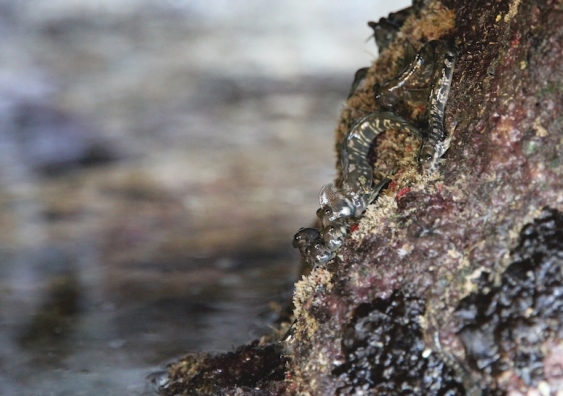Fish evolution in action: land fish forced to adapt after leap out of water
Many blennies – a remarkable family of fishes – evolved from an aquatic ’jack of all trades’ to a ‘master of one’ upon the invasion of land, a new study led by UNSW scientists has shown.

